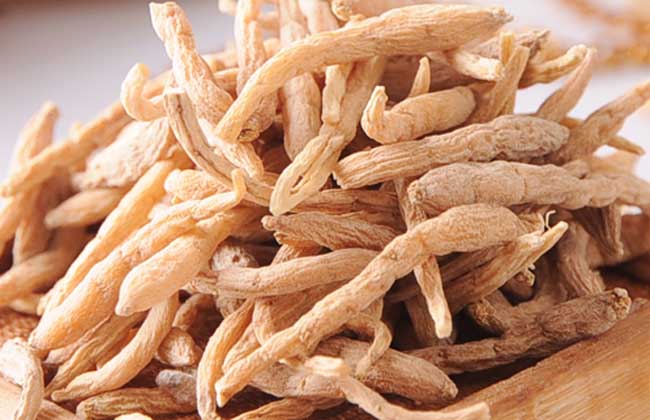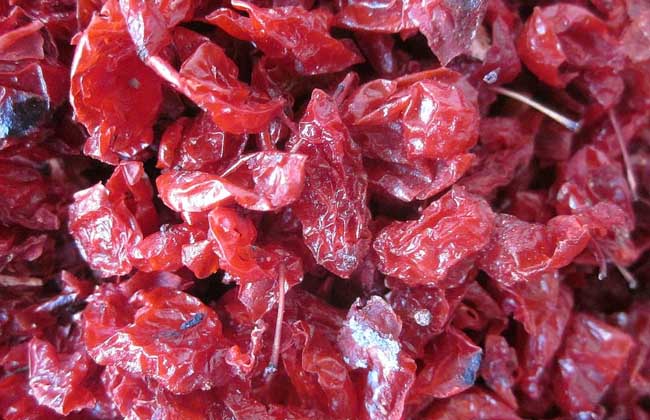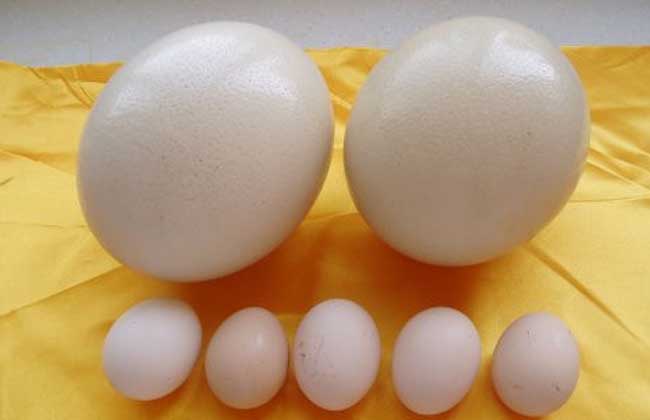The Market Price of Radix Pseudostellariae

Radix Pseudostellariae is the dried root of Caryophyllaceae, which is mainly produced in Guizhou, Fujian, Jiangsu, Shandong, Anhui and other places, among which Prince ginseng produced in Zherong County, Fujian Province is the most famous. The price of Prince ginseng in the main Chinese medicine market is measured by the price of "Zherong Prince Ginseng". Let's take a look at the market price of Prince ginseng.
The market price of Radix Pseudostellariae
The market price of Radix Pseudostellariae is about 20 yuan to 25 yuan per jin, which varies according to product quality and market price.
Yield and quality of Radix Pseudostellariae
The yield per mu of Radix Pseudostellariae is slightly different under different planting conditions in different areas. Pseudostellaria heterophylla is harvested in 2 years, root propagation in one year, dry goods per mu of 80,150kg per mu, general 50kg / mu of low yield and 200kg / mu of high yield.
Radix Pseudostellariae mainly has three producing areas: Guizhou, Fujian and Anhui. Generally speaking, the quality of Guizhou Radix Pseudostellariae is the best, that of Fujian is the second, and that of Anhui is lower. The crown prince of Guizhou is fat and full, and the color is golden. Fujian prince ginseng is longer than Guizhou and has better powder quality. Anhui goods have less powder and darker color.
Identification method of true and false of Radix Pseudostellariae
There are several kinds of false Radix Pseudostellariae in the market. The most common ones in Hubei are the coarse root of Liliaceae and the stone fly grass of Caryophyllaceae, while the roots of Yunnan of Caryophyllaceae are pseudo-Pseudostellaria.
1. The dry tuber root of Caryophyllaceae, single or several fascicled, long cylindrical, curved or slightly twisted, sometimes branched, 2-13 cm long, 0.2-0.8 cm in diameter, with many verrucous stem residues or stem scars at the tip. The surface is rough, light yellow or khaki. Broken mask large fissures, yellow-white or quasi-white, quasi-horny. There are no cluster crystals in the parenchyma.
2. The root of Liliaceae, mostly fascicled, conical or slender, slightly curved, 3-6 cm long and 0.1-0.4 cm in diameter. The surface is yellowish brown, hard and brittle, with fine longitudinal lines. The cross-section is flat, yellowish-white, grayish brown for a long time, and is often broken with a fine and tough wood heart. The breath is light and the taste is light.
3. The roots of Dianthus yunnanensis are several clustered, with pimple-shaped stem base at the top, fine spindle-shaped roots, 3-9 cm in length, 0.2-0.4 cm in diameter, fine tail-shaped at both ends, yellowish-white appearance, and fine longitudinal wrinkles. Crisp, yellow-white cross-section, horny, central column white.
Related
- A course of planting techniques and methods on how to grow carrots
- How to plant the latest tulips?
- Is it better to pick tea in the morning or in the afternoon? When is the best time for tea to be picked? what is the third or fifth tea?
- Launch Yuanxiao Happy combination Haocha + Tea Yuan healthy Taste
- Penghu Tourism "Fireworks 20 Parade with You"
- 2022 West Lake Happiness holds "Digital Revitalization Voucher" and draws iphone13 and laptop.
- Banqiao Fuzhou social houses are designed to change start-up combined with police elimination to create a safe and livable environment
- The convenient measure of "mechanical weeding" in Xinbei has been abused and the Agriculture Bureau has imposed heavy penalties on the illegal land consolidation.
- Changgeng University Joins Hands with Four Memory Factories to Rescue Memory Talent Shortage
- The list of Taiwan's top 100 MVP managers is listed by the Director-General of the Farmers' Association of Sanxia District.



